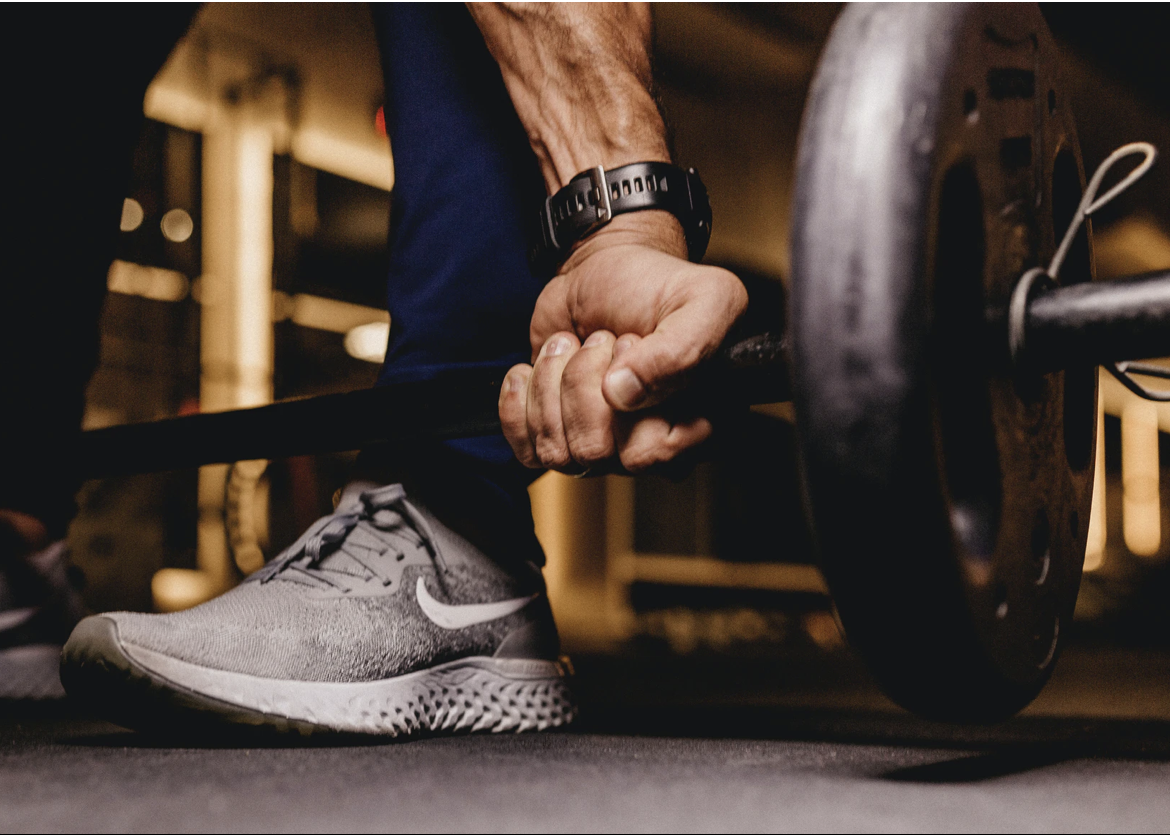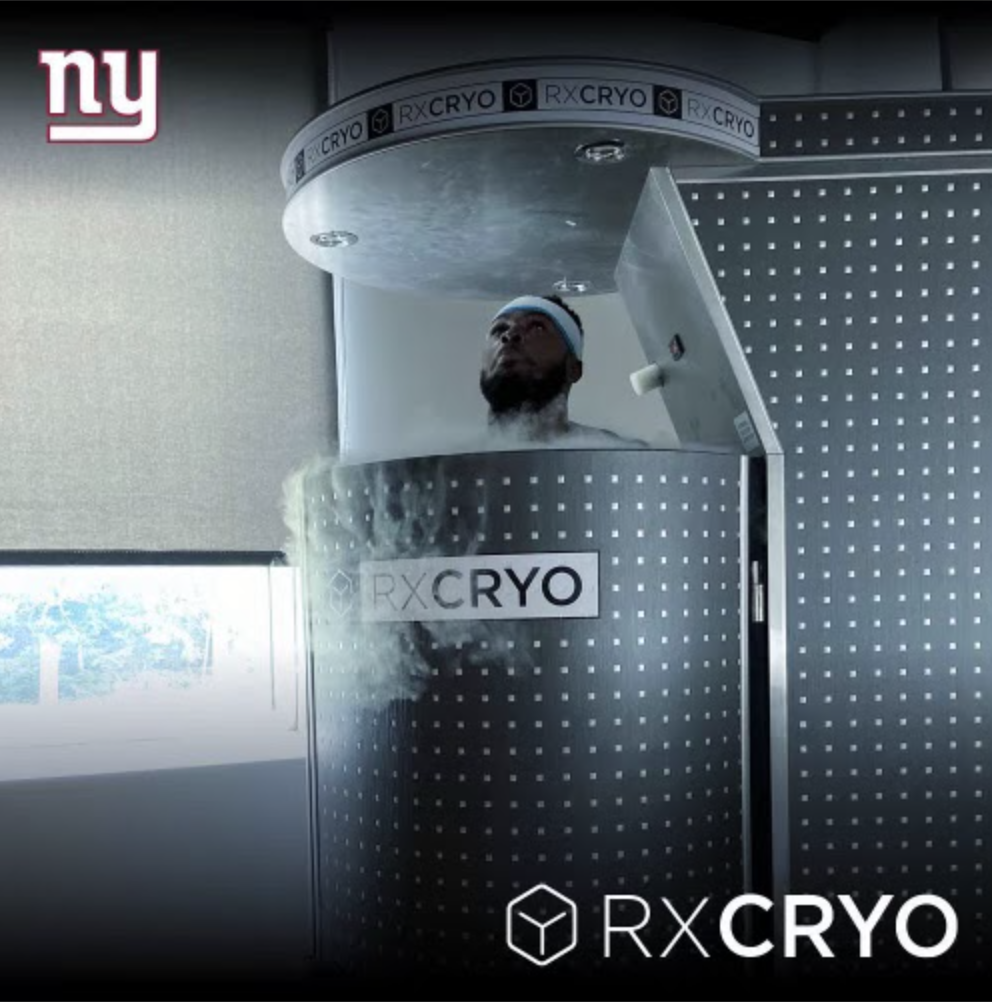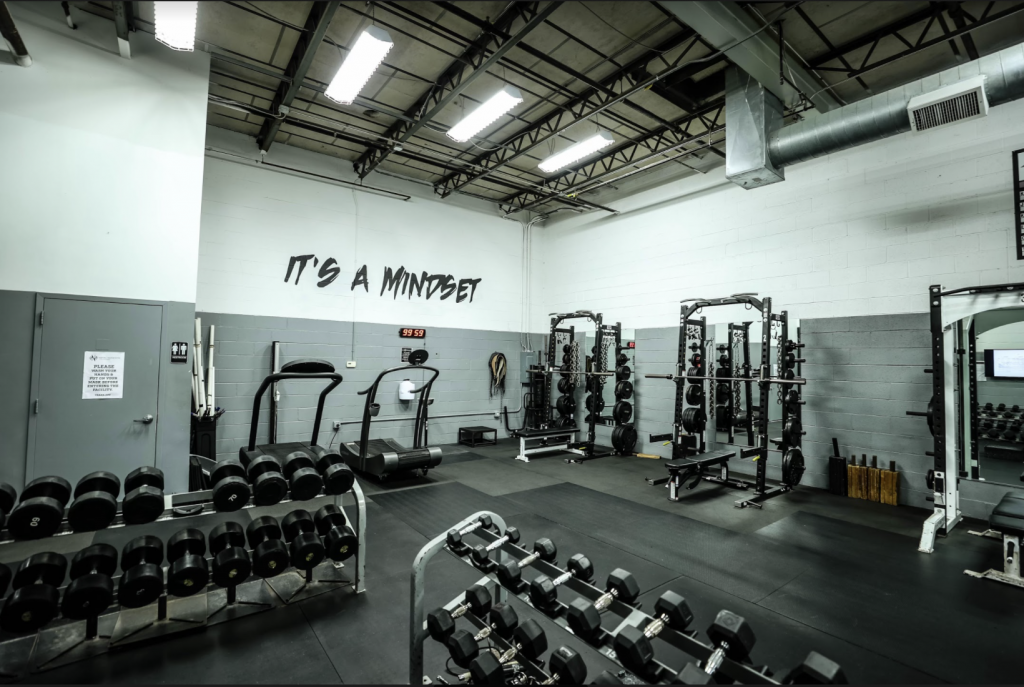
Athlete recovery methods help with training without injury
By Darren Cooper
Athletes are willing to do anything to gain a competitive edge on their opponents. Today that even means stepping into a deep freeze. In the last few years, the world of athletic training has seen a new-found emphasis on recovery and renewal. It’s no longer all about how much weight you can push on a bench press bar. It’s about flexibility and the ability to keep training without injury.
“I’d say in the last five years or so, recovery has become a huge focus,” said Mike Nunziato, owner of TNT Training in Paramus which has serviced professional athletes and college and high school stars. “We know that if kids are beat up all year, they’re not going to be able to practice hard.”
Cryo has a new look

The latest technology in athlete recovery involves freezing yourself (Save the Walt Disney jokes). Nunziato has a cryo freezing unit where clients strip down and then stand which lowers their body temperature in seconds.
To warm up, the body reacts by sending blood and oxygen to the skin. That promotes healing.
Nunziato laughs that newcomers start out at 30 seconds. Gradually athletes are brought up to three minutes in the cryo chamber and walk out feeling refreshed and energized. “It’s literally just nitrogen,” Nunziato said. “We are talking like -250 degrees, but it’s not wet, it’s just freezing your body and it oscillates your blood and more oxygen in your blood means more recovery.”
In the last few years, the world of athletic training has seen a new-found emphasis on athlete recovery. Aside from the physical aspects, there is also a mental side of recovery.
Training without injury: High school athlete leaders
River Dell High School sophomore Christian Allen is one of New Jersey’s top runners, having won the state championship in the 3200 meters in 2021. Allen competed in the prestigious Millrose Games in January in the mile. Allen maintains a strict running regimen of miles each week. She also includes training runs that serve as her chance to recover. This means running shorter distances often at a slower pace. “Recovery is pretty important,” Allen said. “I do make sure I have at least one off day a week and make sure that I am eating right and eating healthy.”

Gone is the thought that the best way to recover after a hard workout is to do nothing the next day. Nunziato said the latest research shows the right thing to do is something easier. The idea is to keep your blood flowing to your muscles. “Don’t just take off,” Nunziato said. “Doing a little something will allow for maximum recovery, just getting your heart rate up can do wonders.” Post-workout nutrition has also become its own industry with various protein shakes and smoothies.
Don Bosco Prep ice hockey coach Greg Toskos remembers not making the best food choices when he was a player. (This author remembers eating a lot of fast food before basketball games when he was young). These days, athletes are encouraged to hydrate after a workout and make sure they fill their body with something good right away. “At our ice rink, you can get bowls with chicken and rice, it’s no longer just Elio’s pizza at the bar,” said Toskos. “You can get recovery shakes and also work out after practice if you want.”
Flexibility: A key factor in strength and recovery
The other big push in athletic training has been toward more flexibility and less strength. Perhaps inspired by former NFL star quarterback Tom Brady and his TB12 methodology, younger athletes are encouraged to stretch. “We do more weight training in-season than we ever used to do,” Toskos said. “You use lower weights, but it helps maintain the strength that they have built up.”

Nunziato tells a story of a college coach wanting to come to his gym look at a football prospect. Nunziato went to set up cones and let the athlete run some speed drills, but the coach said no, he just wanted to see how deeply they could bend at the knee. “When I saw that, all the trainers realized we had to be more aware of it,” Nunziato said. “Getting kids mobile and keeping them mobile is the key. If you are able to get low and bend, you will be able to move better.”
Aside from the physical aspects, there is a mental side to recovery. If you stepped out of a cryo freeze chamber, you’d probably feel pretty good–and want a warm towel. By mixing in hard days with easier ones, it gives athletes a physical and mental break as well. And we all know, the mind is the key to how we feel. “If a kid feels good mentally, we know they will train harder the next day and that’s what it’s all about,” Nunziato said.



 Recover the right way after a good workout Photo by Jonathan Borba
Recover the right way after a good workout Photo by Jonathan Borba  Recover the right way after a good workout Photo by Jonathan Borba
Recover the right way after a good workout Photo by Jonathan Borba